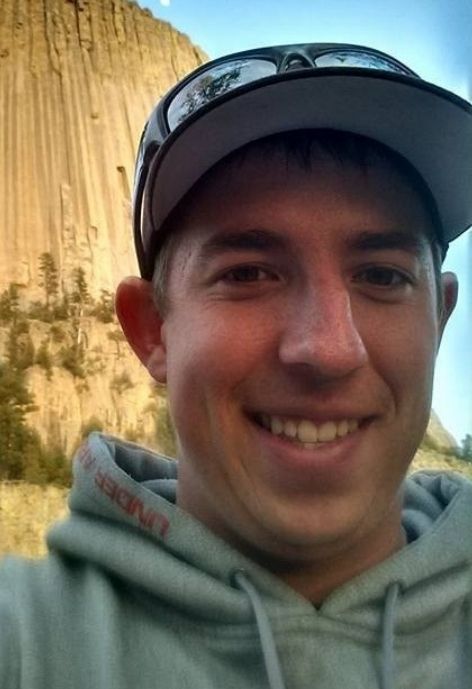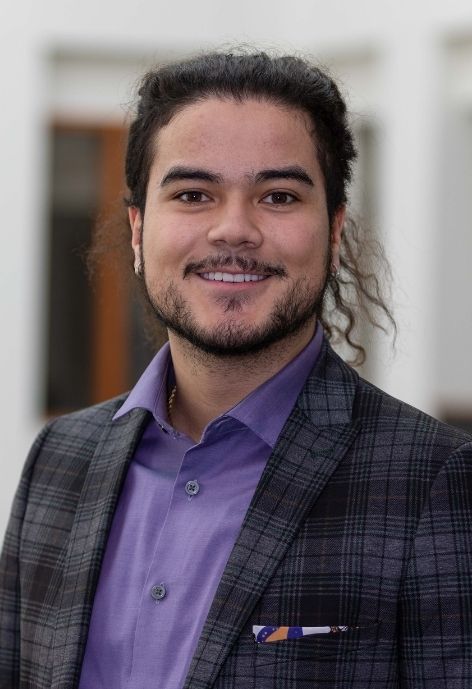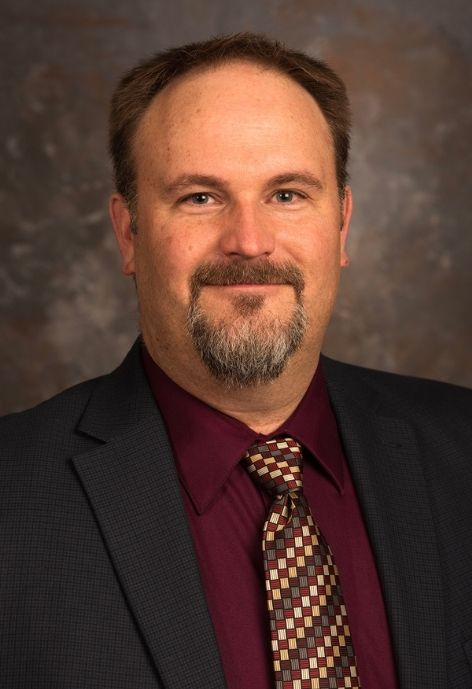Current Graduate Students

Kyle KuhnPh.D. Candidate

Kasen ArriolaGraduate Research Assistant
Fertig Research Group Alumni
Dr. Niranjan Patra
Postdoctoral Researcher
Sarah Hankins
Ph.D. Mechanical Engineering
William Baumchen
Ph.D. Mechanical Engineering
Geeta Monpara
Ph.D. Mechanical Engineering
Faisal Bhuiyan
Ph.D. Mechanical Engineering
Hamid Sanei
Ph.D. Mechanical Engineering
Jennifer Hankins
M.S. Mechanical Engineering
Shah Rahman
M.S. Mechanical Engineering
David Leonhardt
M.S. Mechanical Engineering
Siavash Sarrafan
M.S. Mechanical Engineering
Eric Jensen
M.S. Mechanical Engineering
Kedar Malusare
M.S. Mechanical Engineering
Undergraduate researchers
- 2017 - Adrun James
- 2016 - Mark McKee
- 2016 - E. John Barsotti
- 2015 - Kent Scarince
- 2015 - E. John Barsotti
- 2015 - Matthew Doherty
- 2015 - Kyle Kuhn
- 2015 - Matthew Love
- 2015 - Nicholas Mavriplis
- 2014 - David Leonhardt
- 2014 - Thomas Bilodeau
- 2014 - Matthew Love
- 2013 - Dustin Bales
- 2013 - Abby Huyler
- 2013 - David Leonhardt
- 2013 - David Veinbergs


